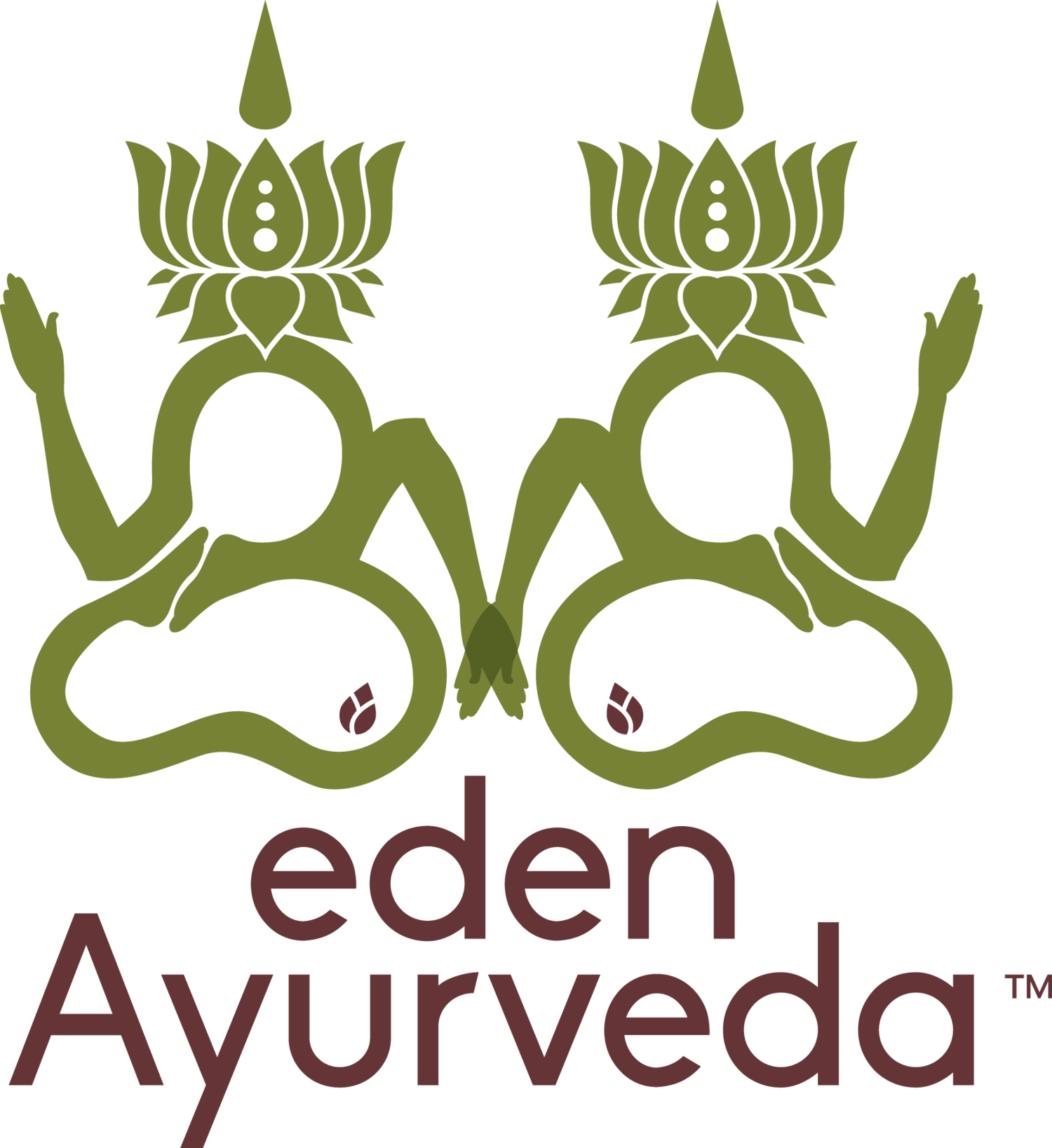Why Ghee?
Ghruta (ghee in Sanskrit), is essential for those following Ayurveda. Ghruta is the best oil for the body and is used generously as a medicine and in cooking. Ghee is equated with life itself. The root of this idea may lie in the process of making ghee. Ghee is the most refined essence of cow's milk after several 'sanskaras' or processes imbuing the ghee with special properties.
Ghee is life.
Imagine you are living in 200 BC in India…
To get your daily dose of ghee you must milk a cow & boil the milk. After cooling a living culture is added which turns the milk into yogurt. This takes a day.
The fat is then skimmed off the top & churned into butter.
Next the butter is gently simmered. Eventually the water cooks off & you have a golden liquid which is filtered to remove milk solids, including lactose & proteins.
This process is not a small task & the resulting product was not taken for granted by the ancients. Luckily they left us with instructions that we can put in context with our modern ideas.
sastam dh i smrtimedhagnibalayuhsukracaksusam
balavrddhaprajakantisaukumarya svararthinam 37
ksataks i napar i sarpasastragniglapitatmanarn
vatapittavisonmadasosalaksm ijvarapaham 38
snehanamuttamam sitam vayasah sthapanam param
sahasraviryam vidhibhirghrtam karmasahasrakrt 39
The texts say ghee should be consumed daily. It strengthens the mind, memory, intelligence & decision making. Ghee fuels the digestion. It is good for the eyes. It supports the reproductive/productive vitality of the body. It is an excellent 'Rasayana' or life maintaining remedy & has been described as 'Vayahsthapana' inhibiting the aging process. It makes the body strong & attractive. Ghee makes the throat, voice, & complexion smooth & lustrous. It is good for the young as well as the old. It is commonly used in treating imbalances of both Vata & Pitta, poison, wounds, madness, pain, fever, insomnia & the effects of heat (including computer screens!). Ghee is very stable; it has a long shelf life, no need for refrigeration, & an extremely high smoke point (heat doesn't denature it). This stability lends itself to stability in the tissues & mind.
Over-all the qualities of ghee are: Sheeta/cooling & Snigdha/oily. Despite these seemingly dampening qualities it is the best for improving the digestive fire when taken in manageable doses. Ghee has the specific ability to increase the good qualities of the foods or medicines that are taken with it & so is commonly used in medicated forms. Ghee is usually taken internally & as food, but can also be used externally where roughness, dryness & heat are a problem.
Ghee is known not to increase the cholesterol if taken in proper doses; 1 1/2 T per a meal per a person is not too much for a healthy person.
How to make Ghee!
2 Lbs of butter will get you 1 Qt of Ghee. Ghee has a very long shelf life & does not need to be kept in the fridge. Just make sure that you don’t get any moisture into the jar by scooping with a wet spoon!
Place cultured, unsalted cow butter in a good sized, heavy bottomed pan.
Heat gently until butter melts, then turn heat up to medium.
Let it simmer gently. Stir from time to time. You are evaporating out all the water & drying the milk solids—so only the refined butter-fat remains. Do not cover the pot!
When it is nearly done it will start to smell 'popcorny' & turn golden. The milk solids will be granular or clotted together & golden.
Remove from heat at this point & cool slightly.
Filter through a cloth lined sieve or fine strainer into a dry jar. I find 4 layers of cheese cloth is the minimum required.
Store in glass (plastic will leach into the oil) with a well fitting lid. Ghee will be tasty for a year, after that it is used topically or for ghee lamps.
Remember to keep moisture away from ghee!


